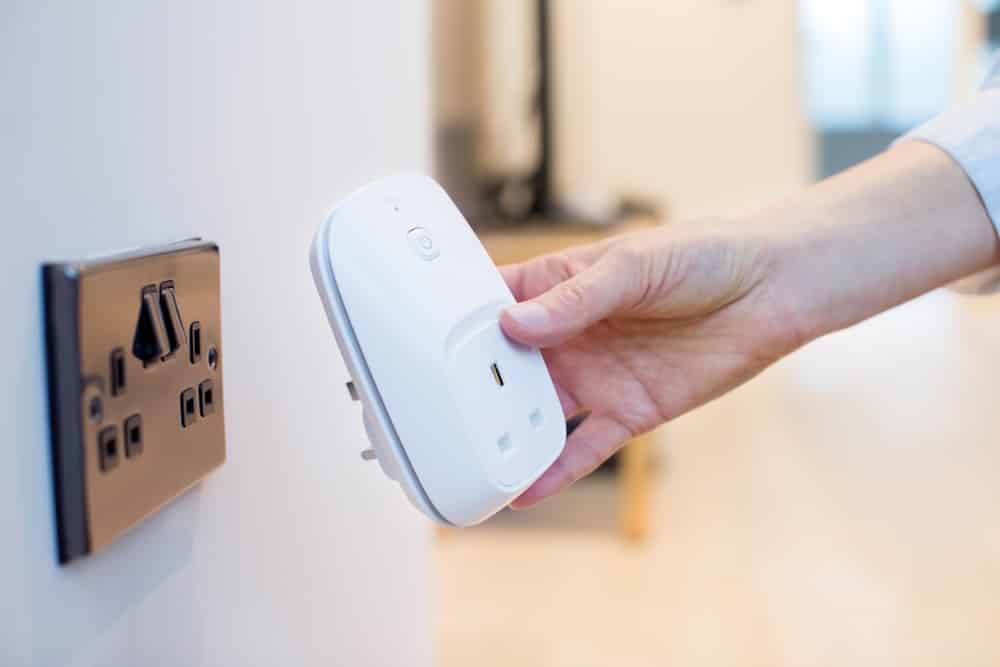
Tablet computers and mobile phones are always found in the bags and packs we all carry. Even our homes are becoming more automated, allowing us to control our Internet of Things devices from any location, such as the office, a moving vehicle, or even halfway across the continent.
However, as the “intelligence” of our homes increases, the number of competing for wireless network protocols also increases. In addition to the more common Bluetooth and Wi-Fi, these also contain the technologies of WeMo and Z-Wave.
Wemo vs Z Wave
Wemo and Z Wave are two competing home automation systems, and in this article, we will go over some of their features so that you may compare and contrast them and decide which one is superior.
Wemo
WeMo is not a wireless networking standard because it is a Belkin brand and Belkin makes networking equipment. To connect to the Internet via Wi-Fi, WeMo gadgets do not require a hub or controller, which is currently prevalent in networked homes.
A Belkin product manager explains that the company chose Wi-Fi because it didn’t want to “introduce other technologies” to users and because most residential Wi-Fi networks use a mesh network. WeMo, on the other hand, uses the “star” network design, which most people are already familiar with.
There is a single router that manages all network traffic and is in charge of the entire network as a whole. Wi-Fi connectivity on the user’s phone means that the WeMo app can be installed and used directly with WeMo devices. Wi-Fi drains battery life and computing power making it less ideal for mobile devices. “Wi-Fi consumes substantially more electricity than other wireless technologies for the home,” Wolf said. The Belkin Home Automation website provides over 25 WeMo products, including the WeMo LED Lighting Starter Combo, the WeMo Insight Switch, and the WeMo Switch + Motion combination. Wi-Fi-only intelligent home gadgets are a terrible fit. WeMo has worked with household appliance brands like Mr. Coffee and Crockpot to deploy its networking technology.
Z wave
Z-Wave is an essential wireless protocol used extensively in today’s smart homes. Z-Wave Alliance claims that more than 1,300 authorized devices and 35 million compatible units are on the market. Z-Wave AES-128 symmetric encryption, which some online banks utilize, is used to safeguard communications, and devices implementing either standard are simple to set up. They do not require the consumer to undertake any wiring. Large corporations like Honeywell and home security firms like ADT and First Alert employ Z-Wave.
Additionally, Jasco (manufacturer of GE-branded home appliances), LG, and Verizon are customers. To date, Z-Wave is the only technology on the market capable of providing application-level interoperability while being backward compatible across all versions. To be Z-Wave certified, a product must have compatibility with all Z-Wave devices, both old and new. These include smart locks and the Go Control garage door opener. Z-radio Wave’s frequency (908.4 MHz in the US) does not conflict with Wi-Fi but may interfere with cordless landline phones. Z-Wave has “greater interoperability than Zigbee in the past,” says Michael Wolf, founder and principal analyst of Next Market Insights, a strategy and research business in Edmonds, Washington. “All Z-Wave devices work with other Z-Wave devices without exception.”
However, Z-Wave technology is capable of transmitting data at speeds of up to 100 kilobits per second (kbps). Wi-latest Fi’s iteration, which can achieve 1 gigabit per second—1 million kbps—uses 250 kbps, but ZigBee and Z-Wave use far less power.
If you only need a single bulb with minimal capabilities, Wemo is an excellent option. With more lights in a room, Wemo gets unreliable and has a lot of wifi problems. Z-Wave is compatible with ADT Pulse at 908 mhz. Using ADT pulse, you may take control of your z-wave system and add additional devices. As the name suggests, it’s a system of interconnected gadgets.
With Z-Wave, you can build a mesh network that’s perfect for your own personal use. It extends the range of devices that may connect with one another using z-wave. Using light switches as a Z-Wave Network backbone is a fantastic option.